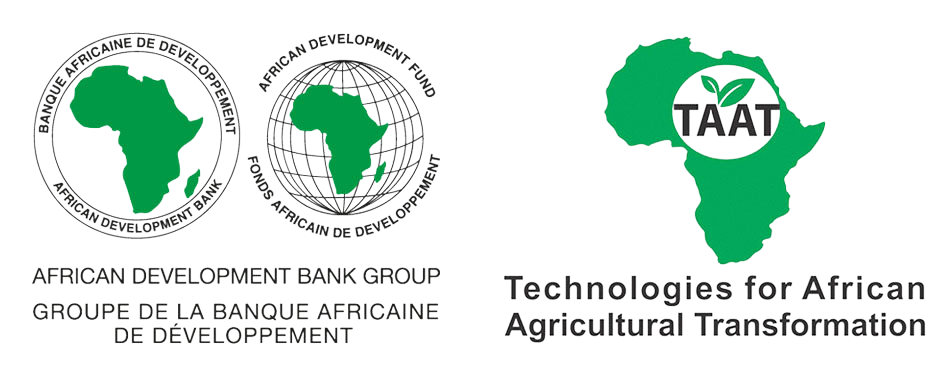

Small Doses, Big Yields
The Fertilizer Micro-Dosing for Enhanced Yield and Efficiency Technology is a practice that involves applying small amounts of fertilizer in shallow holes at the base of each plant. This precise method is low-risk, affordable, and efficient.
This technology is TAAT1 validated.
Opportunity cost per Ha
Increase in yield
Trademark
This technology is beneficial for one main group: the end users (farmers):
Optimize your millet and sorghum cultivation with Micro-Dosing, a precise and low-risk fertilizer application. For the cost structure, after identifying the fertilizer specific to the crop :
Estimate the quantity of fertilizer needed for your production knowing that the total amount of fertilizer used in micro-dosing varies depending on the crop type and planting density. Millet grown at 16,666 plants per ha requires about 50 kg of fertilizer. Sorghum cultivated at a density of 26,666 plants per ha requires about 100 kg of fertilizer per ha. Applying compound fertilizer NPK (15-15-15) at a rate of 60 kg ha-1 is equivalent to 6 g per plant/hill, and DAP (18-46-0) at a rate of 20 kg ha-1 corresponds to 2 g per plant/hill.
Training may be important
As key partners you need agro dealers.
You need to estimate the profit realized with the use of this practice
Adults 18 and over: Positive high
The poor: Positive high
Under 18: Positive medium
Women: Positive medium
Climate adaptability: Highly adaptable
Farmer climate change readiness: Significant improvement
Biodiversity: Positive impact on biodiversity
Carbon footprint: A bit less carbon released
Environmental health: Greatly improves environmental health
Soil quality: Improves soil health and fertility
Water use: Same amount of water used
| Country | Tested | Adopted |
|---|---|---|
| Burkina Faso | Tested | Adopted |
| Chad | Tested | Adopted |
| Ethiopia | Tested | Adopted |
| Kenya | Tested | Adopted |
| Mali | Tested | Adopted |
| Niger | Tested | Adopted |
| Nigeria | Tested | Adopted |
| Senegal | Tested | Adopted |
| Sudan | Tested | Adopted |
| Tanzania | Tested | Adopted |
| Zimbabwe | Tested | Adopted |
This technology can be used in the colored agro-ecological zones. Any zones shown in white are not suitable for this technology.
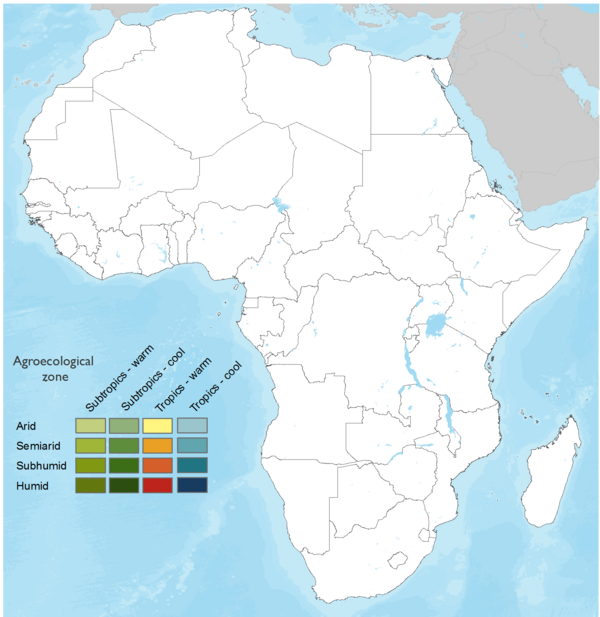
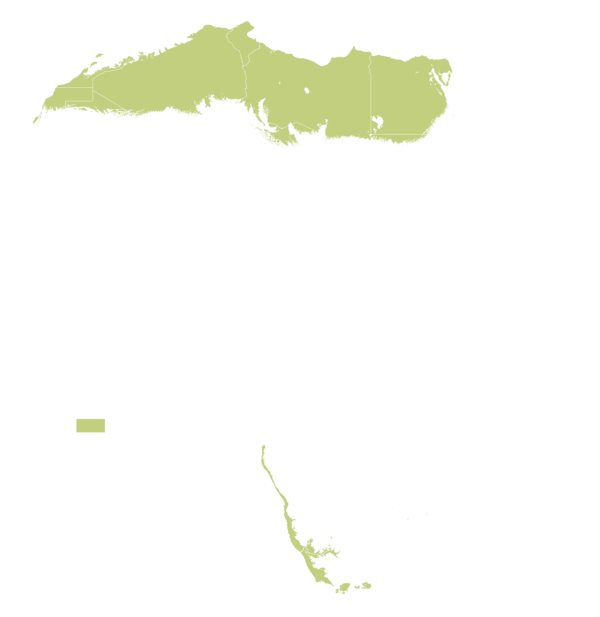

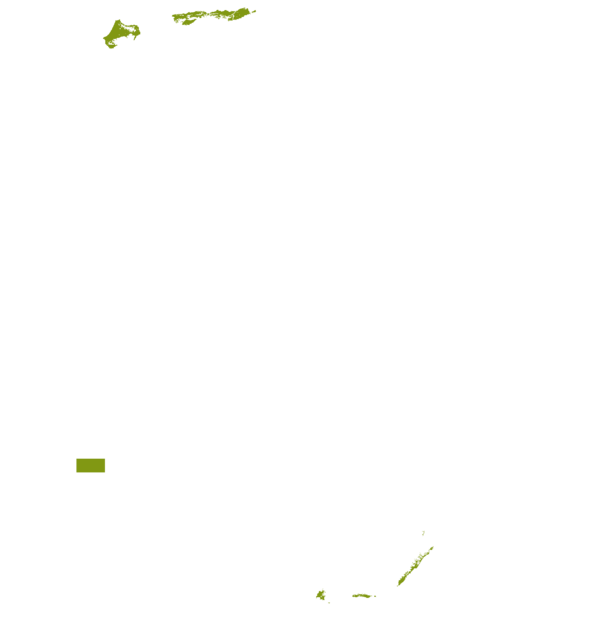



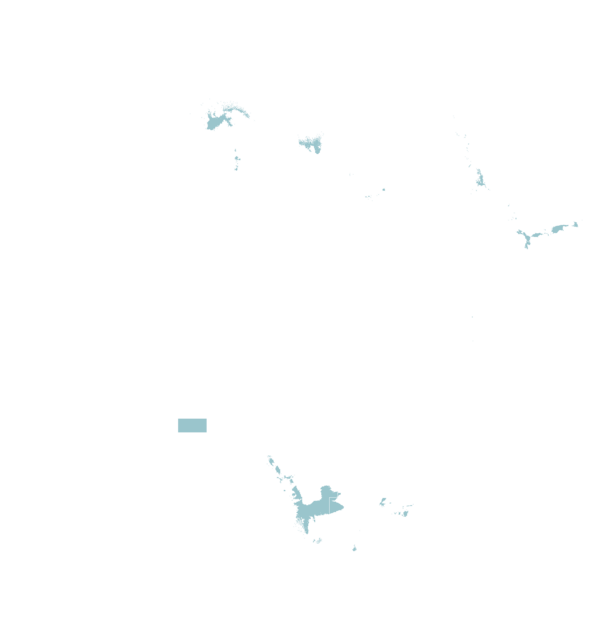
| AEZ | Subtropic - warm | Subtropic - cool | Tropic - warm | Tropic - cool |
|---|---|---|---|---|
| Arid | ||||
| Semiarid | – | – | ||
| Subhumid | – | – | ||
| Humid | – | – | – | – |
Source: HarvestChoice/IFPRI 2009
The United Nations Sustainable Development Goals that are applicable to this technology.
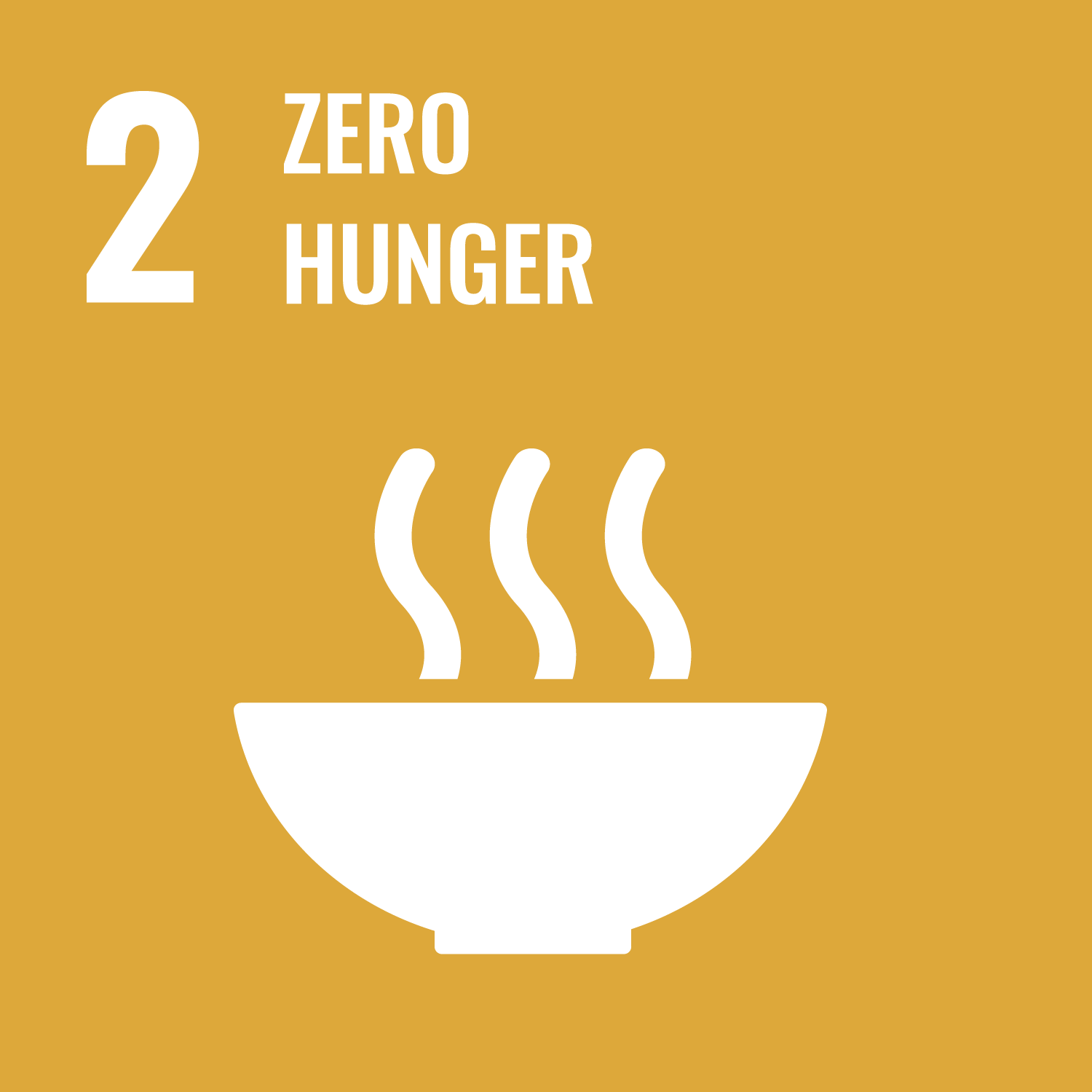
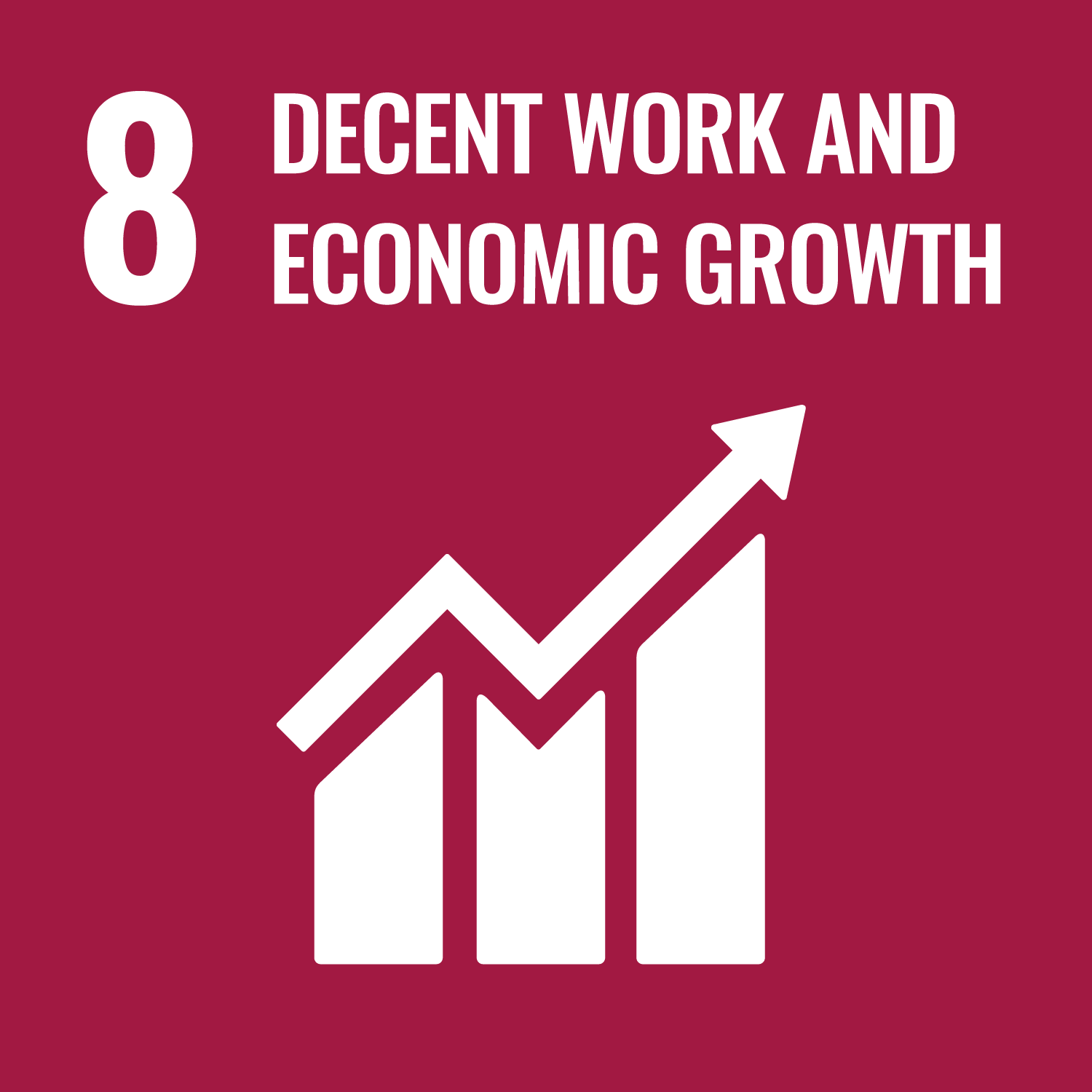
Procedure for implementing the technology of "Fertilizer Micro-Dosing to Enhance Yield and Use Efficiency":
1. Micro-dosing offers a low-risk strategy for farmers by using small and affordable quantities of inputs.
2. Fertilizer applied in shallow holes at the base of each plant is placed close to active roots, allowing crops to establish more quickly and absorb nutrients and water efficiently.
3. It decreases the investment costs of farmers and increases yield responses even with lower rates of fertilizer application.
4. Proportionally fewer nutrients from mineral inputs are lost to the environment.
5. Combining micro-dosing with organic matter input, water harvesting, and contour bunding techniques enhances nutrient assimilation.
6. The technology is adaptable to various millet and sorghum growing areas in Sub-Saharan Africa, including drylands.
7. It is particularly suitable for resource-limited farmers working on degraded lands who cannot afford recommended amounts of mineral fertilizers.
Last updated on 22 May 2024